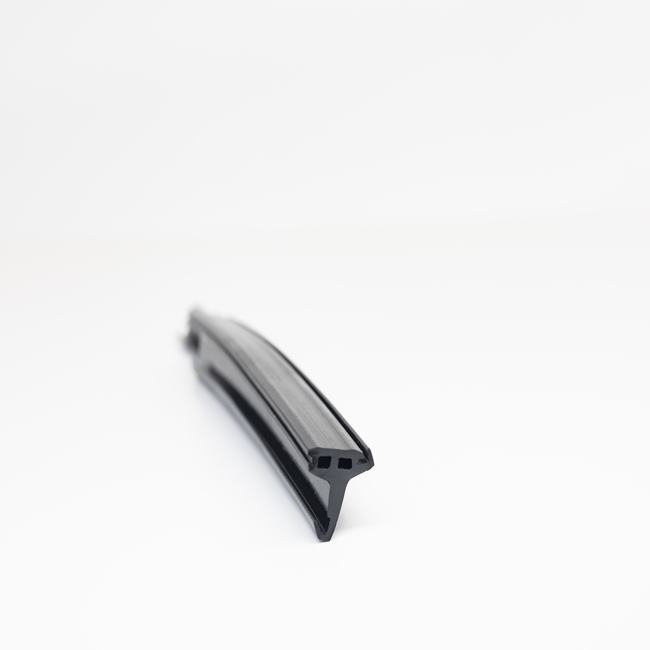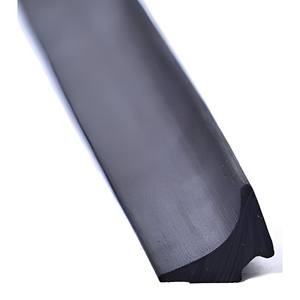Concrete pipe seals are used to prevent the passage of fluids, gases, or solids between the joints of concrete pipes. They are essential for ensuring the integrity of concrete pipe systems, which are used in a variety of applications, including storm drainage, sanitary sewers, and water mains.
There are many different types of concrete pipe seals available, each with its own advantages and disadvantages. Some of the most common types of concrete pipe seals include:
- Rubber gaskets: Rubber gaskets are made from a variety of materials, including EPDM, neoprene, and nitrile. They are flexible and can accommodate a wide range of joint movements. Rubber gaskets are relatively inexpensive and easy to install. However, they can be susceptible to damage from chemicals and UV radiation.
- Polymer seals: Polymer seals are made from materials such as PVC, HDPE, and UHMWPE. They are more resistant to chemicals and UV radiation than rubber gaskets. Polymer seals are also more rigid, which can make them more difficult to install.
- Mechanical seals: Mechanical seals are made up of two or more parts that interlock to form a watertight seal. They are more expensive than rubber or polymer seals, but they are also more durable and can withstand a wider range of conditions.
- Grout seals: Grout seals are made by injecting a grout material into the joint between the concrete pipes. The grout material hardens and forms a watertight seal. Grout seals are typically used in large concrete pipe systems.
- The type of concrete pipe seal that is best for a particular application will depend on a number of factors, including the type of fluid being transported, the environmental conditions, and the budget.
- In addition to the type of seal, there are a number of other factors that need to be considered when sealing concrete pipe joints. These include:
- The cleanliness of the joint surfaces. The joint surfaces must be clean and free of dirt, debris, and grease in order to ensure a good seal.
- The alignment of the pipes. The pipes must be aligned properly in order to ensure that the seal is effective.
- The depth of the seal. The seal must be installed to the correct depth in order to provide a watertight seal.
- The curing time of the seal. The seal must be allowed to cure completely before the pipe system is put into service.
- Properly sealing concrete pipe joints is essential for ensuring the long-term performance of concrete pipe systems. By carefully selecting the right type of seal and following the proper installation procedures, you can help to ensure that your concrete pipe system will last for many years to come.




